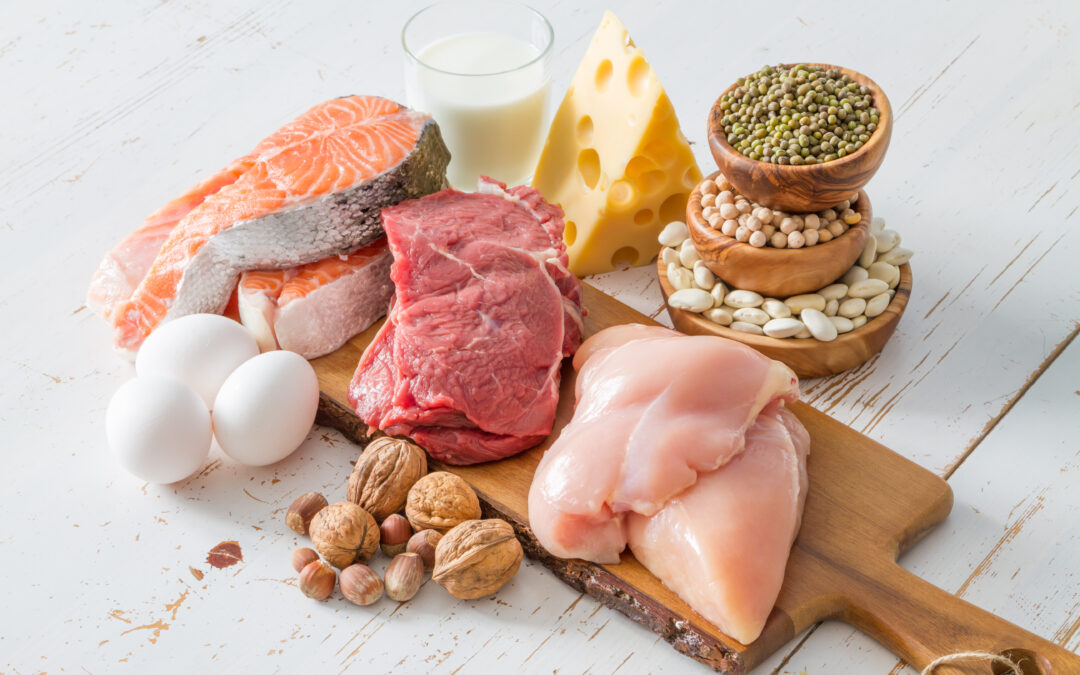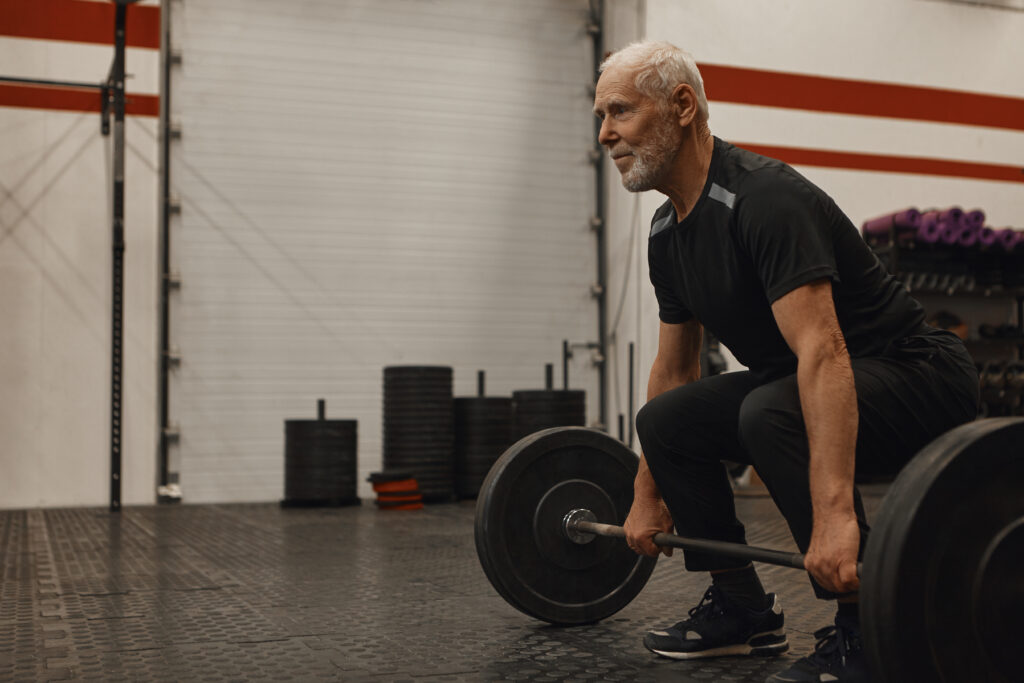You’ve taken the first step towards a lifelong journey of strength training. What’s the next move? For many, addressing dietary needs becomes crucial as they pursue strength. With a plethora of available information, it’s easy to feel overwhelmed. At Hobart Strength Training, we emphasize the importance of starting with protein intake, especially as you age. Increasing your protein intake beyond the recommended dietary allowance in older adults can lead to improvements in muscle mass, strength, function, immune status, wound healing, blood pressure, and bone density (1). In today’s article, we’ll cover the following: 1) an introduction to protein and its significance, 2) how much you should consume as you age for maintaining health, and 3) practical tips for increasing your protein intake. So, grab your steak knives and let’s delve into it.
Protein Basics
Proteins play a crucial role in the functioning and structure of all living cells. They are composed of up to 20 different types of amino acids, linked together by peptide bonds. When multiple amino acids join in a sequence, they form a polypeptide chain, which can then fold into specific protein structures. These structures determine their functions and roles in the body. For example, proteins like collagen, actin, and myosin provide the structural framework for connective tissue and muscle fibres. Other proteins facilitate vital functions, such as enzymes, which accelerate chemical reactions, antibodies, that support the immune system, or proteins like haemoglobin, responsible for oxygen transport in red blood cells. Proteins are indispensable for overall health. Inadequate intake can lead to issues like stunting, anaemia, weakened immunity, and can contribute to the onset of sarcopenia (muscle wasting) in older populations (2).
Protein Intake
The Recommended Dietary Allowance (RDA) for protein varies based on factors such as exercise, health conditions, and life stage. According to the Australian Nutrient Reference Values, the recommended protein intake is around 0.8 grams per kilogram of body weight daily. However, emerging research challenges this recommendation, suggesting that larger intakes may be necessary (4). For aging populations, particularly those over 40, intakes exceeding the RDA are often preferred, with recommendations going as high as 1.5 grams of protein per kilogram of body weight (1, 2). Furthermore, there may be additional benefits in evenly distributing protein throughout the day (5). For instance, a 70-kilogram male may require approximately 105 grams of protein daily (at a minimum), which can be divided into three meals, each consisting of about 35 grams of protein.
Getting your Protein in
Increasing protein intake doesn’t have to be difficult. Both plant and animal sources can provide essential amino acids for health (2). After consumption, stomach acid denatures and cleaves proteins into smaller peptides and free amino acids. These products are then distributed throughout the body to meet specific needs as they arise. Realistically, there are numerous options to boost your intake, and the body efficiently utilizes all protein sources. We recommend a diverse protein intake, which can also deliver other nutrients such as essential fatty acids, B vitamins, calcium. Options include:
- Fish, Lean Red Meat & Poultry
- Dairy Products
- Tofu, Legumes & Lentils
- Grains such as Quinoa and Oats and Dark Leafy Greens such as Spinach and Kale
- Whey Protein or other forms of protein supplementation
If you’re getting your protein from animal products, making sure each meal has approximately a palm-sized lean protein portion, alongside some wholegrains is a simple strategy to stick to. If you’re relying on non-animal sources of protein, you may need to consume more. Snacks such as nuts and seeds are fantastic for supplementing your intake throughout the day. Lastly, don’t forget dairy is a great source of protein, cheese, Greek Yoghurt and a glass of milk are easily accessible options! Getting stronger is relatively straightforward but it is hard. Don’t make reaching your goals harder than it needs to be. Assessing and adjusting your protein intake is the critical next step on your journey to being stronger for life. For all things strength, reach us here.
References:
- Optimal protein intake in the elderly – PubMed (nih.gov)
- Protein for Life: Review of Optimal Protein Intake, Sustainable Dietary Sources and the Effect on Appetite in Ageing Adults – PMC (nih.gov)
- Protein | Eat For Health
- Dietary protein intake and human health – PubMed (nih.gov)
- Distribution but not amount of protein intake is associated with frailty: a cross-sectional investigation in the region of Nürnberg – PMC (nih.gov)

